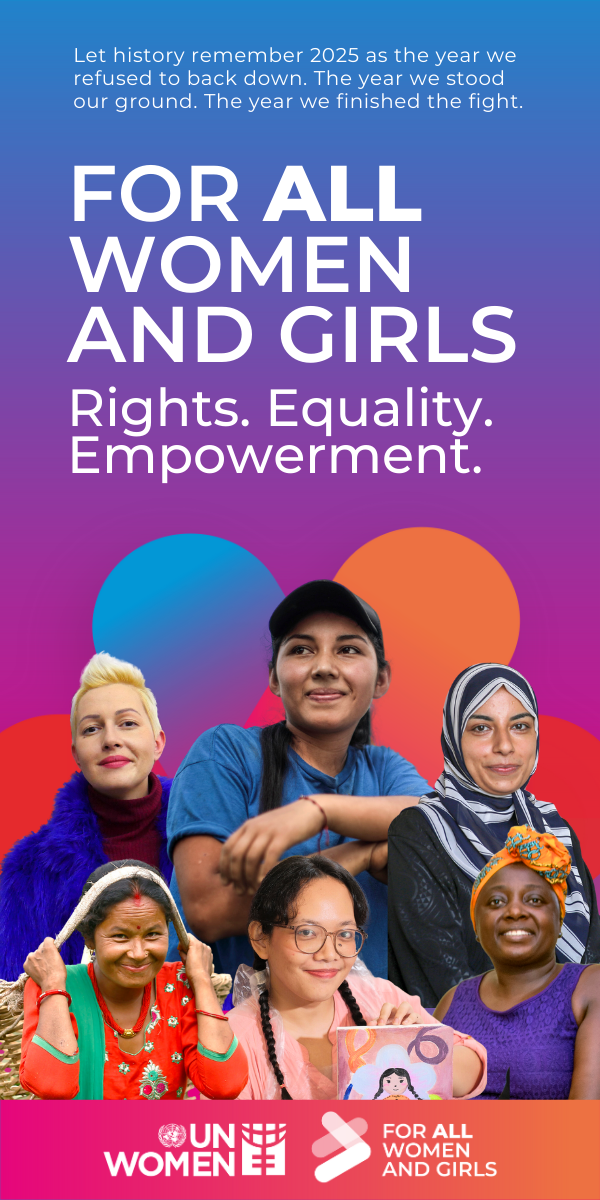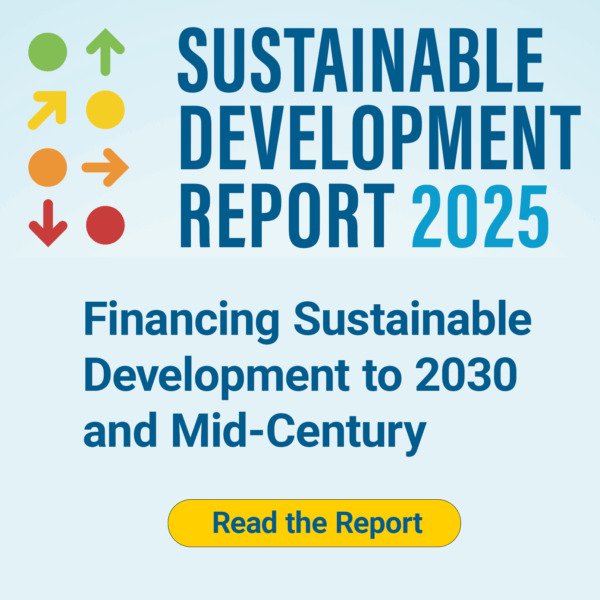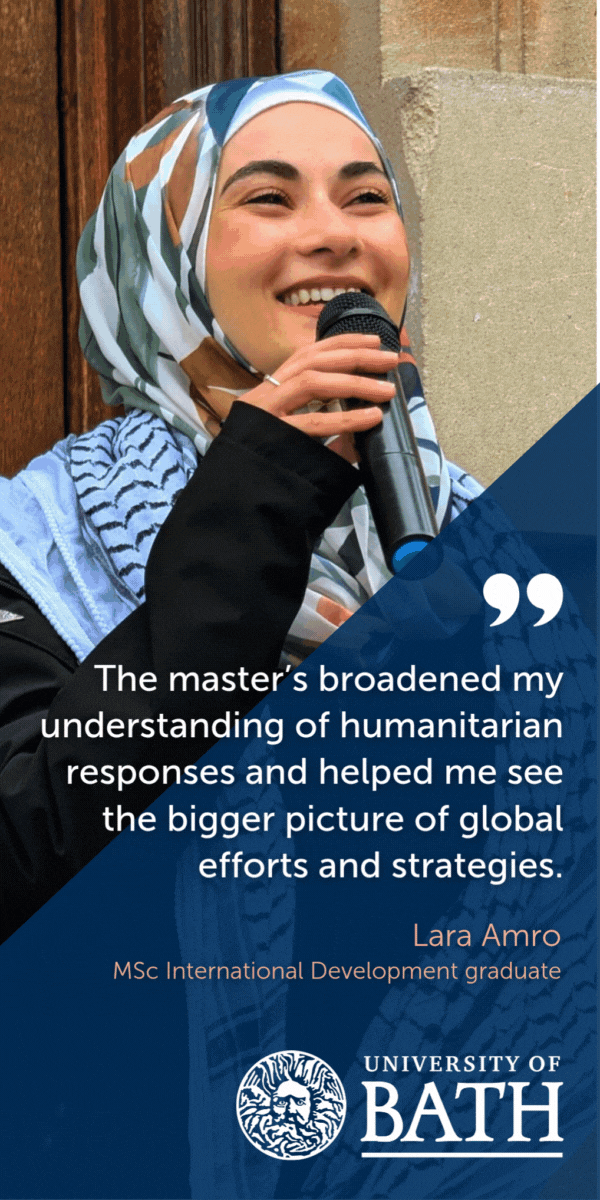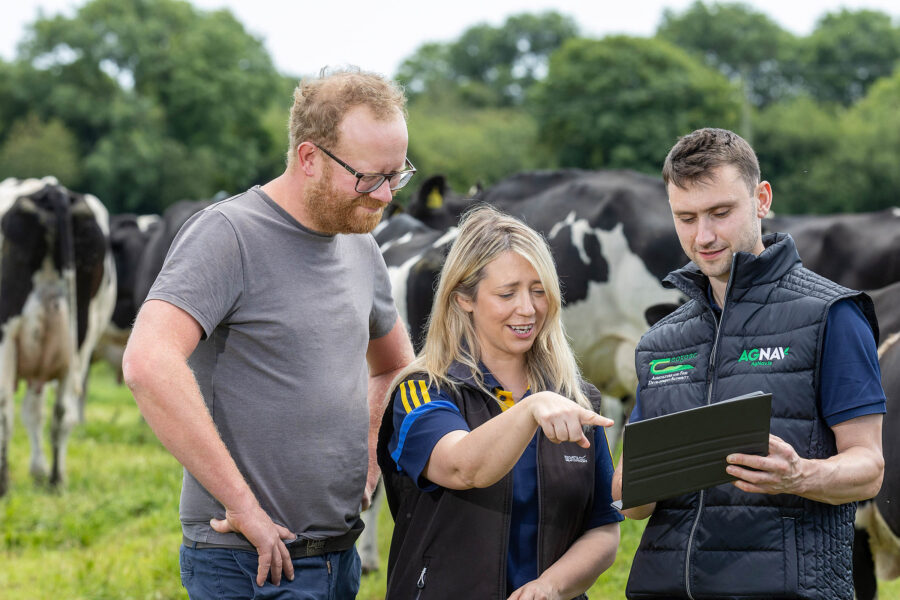The influence of climate change on conflict
Rising temperatures are inflaming old tensions and creating new fault lines in fragile states. Only integrated, locally led action can build the resilience needed for lasting peace
Climate — Global
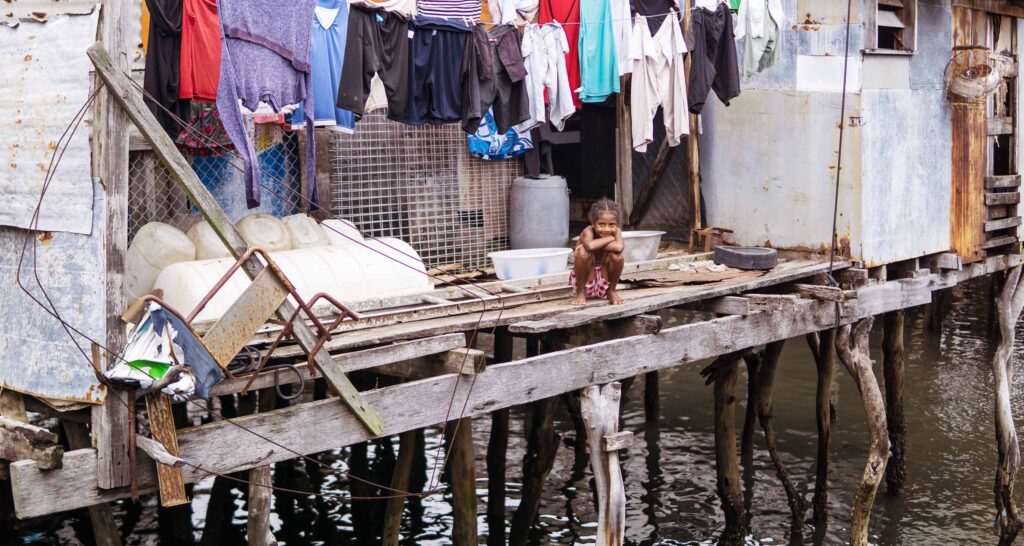
When climate change enters global conversations, attention often turns to melting glaciers and catastrophic storms. Yet, beneath these headlines lies a deeper challenge: climate change is fueling conflict and undermining peace. This is not just a matter of academic debate – it is a daily reality for millions across the world. Understanding and addressing these interconnected risks demands an integrated, evidence-based approach – and, above all, genuine partnerships.
Context: the climate–conflict nexus
The UN has long warned that climate change can act as a “threat multiplier,” increasing pressures on peace and security, particularly in fragile regions. Today, that shorthand is used less, reflecting a clearer understanding of the complex, context-specific ways climate stress contributes to instability: by intensifying competition over land, water, food, and livelihoods, especially where governance is weak or social divisions run deep. In practice, climate change rarely operates in isolation. Its security impacts are shaped by local political, economic, and social dynamics.
For example, rapid migration to urban centers in Papua New Guinea, driven by climate-impacted livelihoods and rural violence, is reshaping demographics. Unplanned urban growth has created informal settlements with poor services, high unemployment, and increased crime. These conditions, combined with heightened climate risks that especially affect youth, are turning cities into climate‑security hotspots.
In a post-conflict context, Sri Lanka’s ability to cope with climate risks is getting weaker because many people lack equal access to basic services. Disparities in infrastructure investments, agricultural support, and wildlife management further increase marginalization and tensions across ethnic and religious lines, and between rural and urban areas. While climate change does not directly drive these tensions, it deepens the underlying vulnerabilities that make violence more likely.
Areas of controversy: evidence, complexity, and responsibility
Not everyone agrees on the extent to which climate change drives conflict. While some critics argue that linking climate and war oversimplifies complex dynamics, ignoring factors like governance, ethnicity, and historical grievances, the latest evidence paints a different picture. Recent data from organizations such as the World Bank and the UN show that climate-related disasters are increasing in frequency and severity, and countries facing these shocks are more likely to experience instability. Over 70% of the world’s most climate-vulnerable countries are among the most politically fragile.
Responsibility and accountability also remain at the heart of the global conversation. Developed nations, which have contributed most to greenhouse gas emissions and continue to fail to meet Paris commitments, are often insulated from the worst impacts. Meanwhile, poorer countries, with minimal emissions, bear the brunt of climate-linked devastation. This imbalance demands a renewed focus on climate justice, reparations, and the obligation of wealthier nations to support mitigation and adaptation efforts.
Facts and data: the weight of evidence
The data is sobering. According to the UN Refugee Agency, weather-related crises have triggered more than twice as much displacement as conflict and violence in the last decade. The World Food Programme warns that climate shocks are driving food insecurity, which in turn fuels unrest. According to the Global Report on Food Crises 2025, in 2024 alone, more than 295 million people across 53 countries and territories experienced acute levels of hunger, many in regions where climate change is a key driver.
The UN’s Sustainable Development Goals (SDGs) recognize these links. SDG 13 calls for urgent action to combat climate change, while SDG 16 seeks to promote peace, justice, and strong institutions. These goals are deeply interconnected: progress toward climate resilience supports peace, and vice versa. Failure in one area undermines the other.
Critical analysis: beyond the headlines
Distilling the connection between climate and conflict requires nuance. The multilateral Weathering Risk initiative, led by the Berlin-based think tank adelphi research, offers tailored analysis and practical guidance to provide a more comprehensive, real-world understanding of how climate and conflict intersect. Its approach combines quantitative data – such as rainfall patterns, crop yields, and migration flows – with qualitative insights from local communities. This gives the best possible picture of the context and accounts for difficult-to-measure factors like governance, historical grievances, and demographic trends that shape climate security dynamics.
One of the most important lessons from Weathering Risk and its Peace Pillar (which integrates climate and environmental security into peace-building efforts in conflict-affected regions) is that siloed solutions do not work. Climate adaptation, peacebuilding, and development must be pursued together, not in isolation. This requires a shift from top-down, one-size-fits-all interventions to approaches that are context-specific and locally informed.
Partnerships are vital. No single actor – be it a government, NGO, or international organization – can tackle these challenges alone. Weathering Risk’s work in Yemen, for example, has brought together local leaders, environmental specialists, and peacebuilders to develop holistic strategies for water management and conflict resolution. Meanwhile, environmental peacebuilding in Colombia is helping former combatants, indigenous communities, and environmental groups work together to restore degraded lands and build trust.
Cutting through the jargon: what needs to change?
At its core, addressing the climate–conflict nexus is about fairness, partnership, and practical action. Developed nations – whose emissions have driven much of the climate crisis – have a responsibility to step up. This means increasing climate finance, especially for adaptation and peacebuilding in vulnerable regions. But it also means listening to those most affected, supporting locally led solutions, and working in partnership at every level.
Integrated approaches, grounded in robust evidence, offer the best hope of weathering the storm. The work of Weathering Risk shows what is possible when we move beyond silos and work together. Early warning systems, gender-responsive programming, and environmental peacebuilding are not just buzzwords – they are lifelines for communities on the front lines.
The UN is beginning to address this gap. Initiatives such as the UN Climate Security Mechanism aim to bring together experts from climate, peace, and development sectors. The recent operationalization of the Fund for responding to Loss and Damage at COP28 is a step toward recognizing the full spectrum of harm caused by climate change, including its role in fueling instability.
But this is just the beginning. To truly address climate–conflict linkages, the UN should go further by:
- mainstreaming climate security across all its peacebuilding operations
- scaling up support for integrated risk assessments
- convening global partnerships that put local voices and evidence at the center of decision-making
Greater investment in anticipatory action, conflict-sensitive adaptation, and sustained dialogue between affected communities and policymakers would mark a new era in how we tackle these intertwined challenges.
A call for integrated action
The influence of climate change on conflict is no longer a distant threat – it is a present reality. Integrated, evidence-based approaches, like those pioneered by Weathering Risk, show us the way forward. If the world is serious about peace, justice, and sustainability, we must act with urgency, solidarity, and humility to scale what we’ve learned, deepen what’s working, and embed integrated approaches into peacebuilding and climate strategies going forward.
The SDGs remind us that our challenges are interconnected – and so are our solutions. By investing in partnership, evidence, and local leadership, we can help communities weather the storm and build a more peaceful, resilient future for all.

